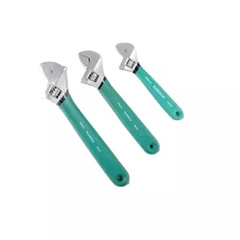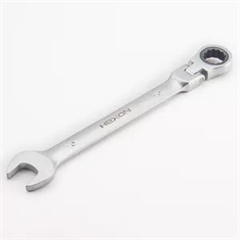Mastering essential knife skills is crucial for efficient and safe food preparation in the kitchen. Proper knife techniques not only enhance your culinary abilities but also help prevent accidents. Here are some fundamental knife skills to focus on:
- Grip and Hand Placement:
- Hold the handle of the knife firmly with your dominant hand.
- Place your thumb against the side of the blade, and wrap your fingers around the handle.
- Your other hand, known as the “guide hand,” is used to hold the food while cutting. Curl your fingers in a claw-like shape and keep your knuckles against the side of the blade to guide the knife’s motion.
- Basic Cuts:
- Slice: Move the knife in a smooth, controlled motion to create thin, even slices. Use a back-and-forth rocking motion for longer slices.
- Dice: Cut the food into small, uniform cubes. Start with a slice, then stack the slices and cut them into strips before dicing.
- Chop: Create larger, irregular pieces by using a rocking motion with the knife.
- Chopping Technique:
- Use a large chef’s knife for chopping tasks.
- Keep the tip of the knife on the cutting board and pivot from the back end while chopping.
- Julienne and Batonnet Cuts:
- Julienne: Cut the food into thin, matchstick-like pieces. Start with a rectangular slice, then cut into thin strips.
- Batonnet: Similar to julienne, but the pieces are slightly thicker.
- Mincing:
- Create finely chopped pieces of food by rocking the knife back and forth over the ingredients while keeping the tip on the cutting board.
- Peeling and Trimming:
- Use a paring knife for peeling and trimming fruits and vegetables. Hold the food in your guide hand and carefully remove the skin or unwanted parts.
- Safety and Control:
- Always use a sharp knife. A dull knife can slip and cause accidents.
- Keep your fingers and thumb tucked in while cutting to avoid accidental cuts.
- Use a stable cutting board and secure it to prevent slipping.
- Knife Maintenance:
- Regularly sharpen your knives using a sharpening stone or a honing rod to maintain their edge.
- Wash and dry knives by hand to prevent damage and maintain their condition.
- Respect the Blade:
- Use the right knife for the task. Different knives are designed for specific purposes.
- Avoid using excessive force; let the sharpness of the knife do the work.
- Practice and Patience:
- Knife skills improve with practice. Start with simple cuts and gradually move on to more complex techniques.
- Focus on accuracy and safety rather than speed.
Remember that learning knife skills takes time, and it’s important to practice regularly while prioritizing safety. If you’re new to knife techniques, consider taking a cooking class or watching instructional videos to further enhance your skills.























